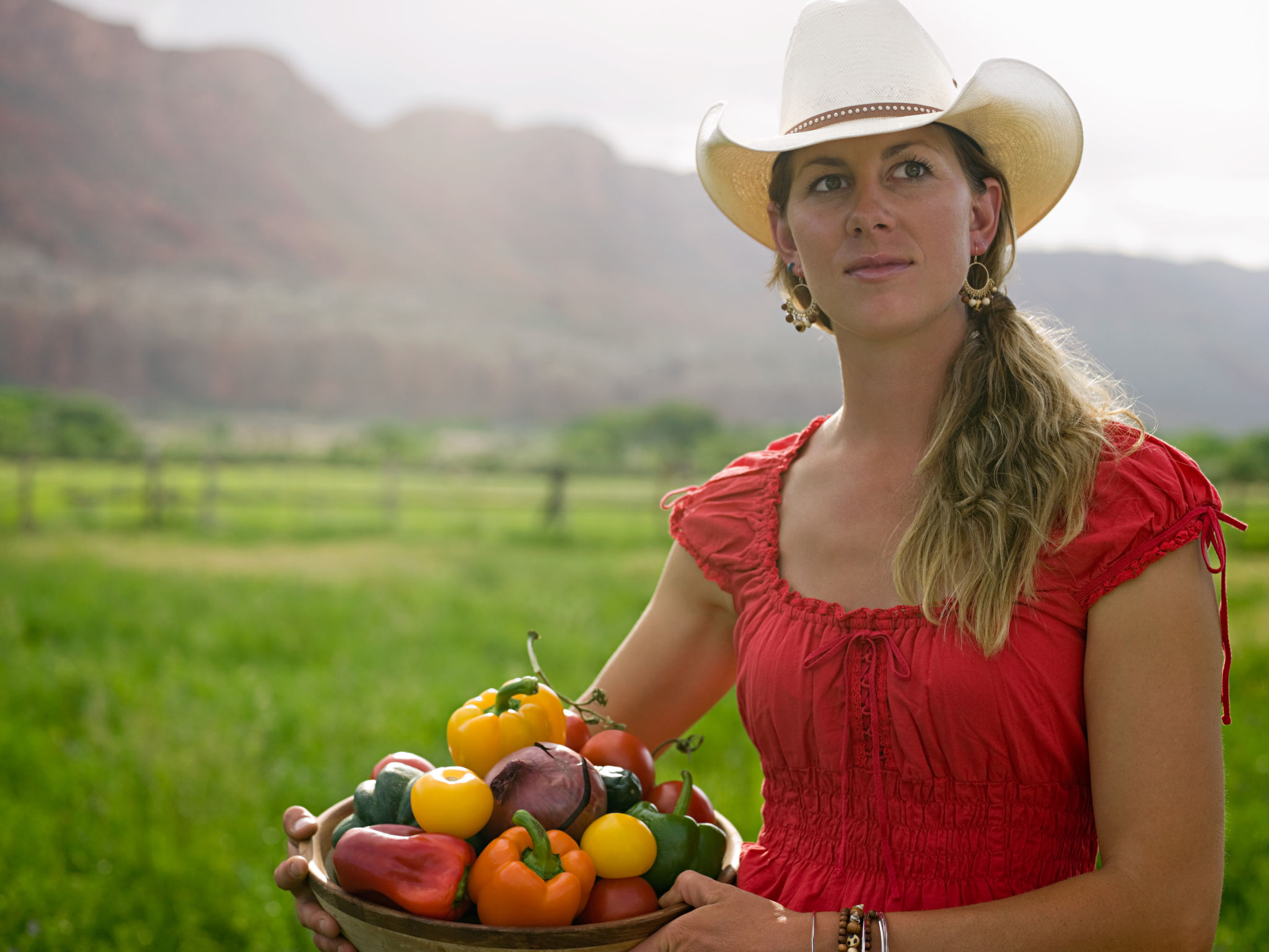Organic vs. Conventional Farming: Understanding the Differences and Benefits
Introduction to Farming Methods
Farming is one of the most fundamental aspects of human civilization, providing the food and resources necessary for our survival. Over time, different farming practices have emerged, with organic and conventional farming being two of the most prevalent methods. Understanding these two approaches can help consumers make informed decisions about the products they purchase and their impact on the environment.

What is Organic Farming?
Organic farming is a method that prioritizes environmental sustainability and the health of consumers. It emphasizes the use of natural substances and processes to grow crops and raise animals. This means avoiding synthetic chemicals, fertilizers, pesticides, and genetically modified organisms (GMOs). Instead, organic farmers rely on techniques like crop rotation, composting, and biological pest control to maintain soil fertility and manage pests.
The benefits of organic farming are numerous. For one, it helps preserve biodiversity by providing a habitat for various species of plants and animals. Additionally, organic products often contain fewer residues of pesticides and may have higher nutritional values due to the farming methods employed.
Understanding Conventional Farming
Conventional farming, on the other hand, is characterized by the use of chemical fertilizers, pesticides, and GMOs to maximize crop yields and efficiency. This method has been instrumental in feeding the growing global population by producing large quantities of food at relatively low costs.

While conventional farming has its advantages, such as increased productivity and reduced food prices, it also poses significant environmental challenges. The extensive use of chemicals can lead to soil degradation, water pollution, and a loss of biodiversity.
Comparing Environmental Impact
When comparing the environmental impact of organic versus conventional farming, organic methods generally have a lower environmental footprint. Organic farming practices promote healthy ecosystems by enhancing soil quality, conserving water, and reducing pollution. These practices also help combat climate change by sequestering carbon in the soil.
- Soil health: Organic farming improves soil structure and fertility.
- Biodiversity: Organic farms often serve as havens for wildlife.
- Pollution: Reduced chemical runoff in organic practices protects waterways.

Health and Nutritional Benefits
Many consumers choose organic products for their potential health benefits. Organic foods are free from synthetic additives and are less likely to contain harmful pesticide residues. Some studies suggest that organic produce may have higher levels of certain nutrients like antioxidants.
In contrast, conventional foods may contain trace amounts of pesticides and other chemicals used during production. However, regulatory bodies set limits on pesticide residues to ensure they remain within safe consumption levels.
The Economic Perspective
Economically, conventional farming tends to be more cost-effective due to its high yield and efficiency. This often results in lower prices for consumers. However, there is a growing market for organic products as more consumers are willing to pay a premium for foods they perceive as healthier and more environmentally friendly.

Despite higher costs, organic farming can be economically viable due to government subsidies, premium pricing, and growing consumer demand for sustainable products.
Conclusion
The choice between organic and conventional farming is not straightforward. Both methods have their pros and cons, affecting the environment, consumer health, and the economy differently. Understanding these differences can empower consumers to make decisions that align with their values. As awareness grows about sustainable agriculture, the future may see a convergence of these practices to optimize both productivity and environmental stewardship.
